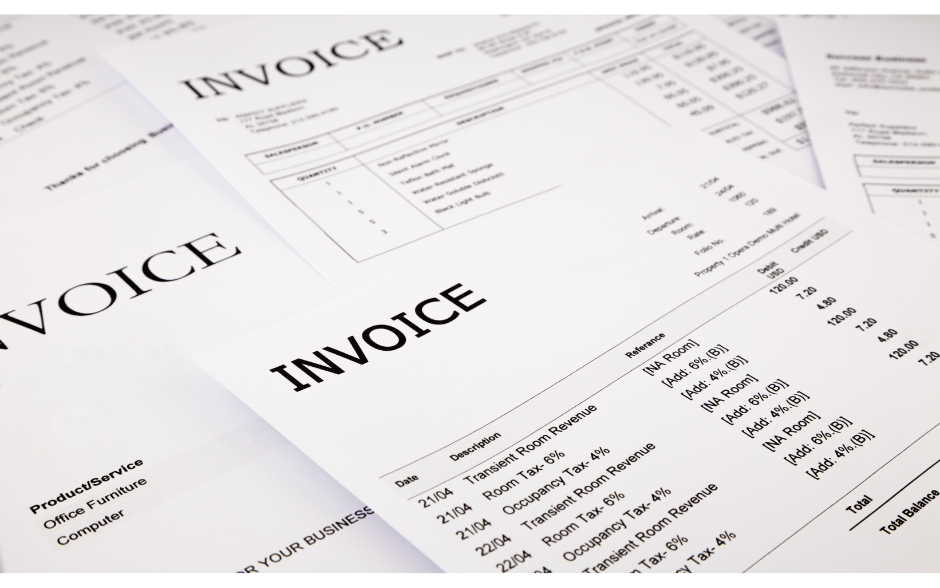
Introduction
In the realm of small business, efficient bookkeeping is the backbone of financial success. While there are numerous accounting software options available, mastering bookkeeping in Excel can be a game-changer for small business owners seeking a cost-effective and customizable solution. In this comprehensive guide, we will explore step-by-step instructions on how to do small business bookkeeping in Excel like a boss, empowering entrepreneurs to take control of their finances.
Chapter 1: Setting Up Your Excel Workbook

Create a New Workbook
Begin by opening Excel and creating a new workbook. Label it with your business name and the fiscal year for easy identification.
Design Your Chart of Accounts
Establish a Chart of Accounts, the backbone of your bookkeeping system. Categories may include Assets, Liabilities, Equity, Revenue, and Expenses. Create corresponding columns for each account.
Chapter 2: Managing Your Bookkeeping Transactions

Record Daily Transactions
Regularly input your financial transactions into the Excel workbook. Create a dedicated sheet for each month and record details such as date, description, category, and amount.
Utilize Excel Formulas
Leverage Excel’s powerful formulas to automate calculations. SUM, IF, and VLOOKUP functions can streamline the process, reducing errors and saving time.
Chapter 3: Creating Invoices and Tracking Receivables

Develop an Invoice Template
Design a professional invoice template within Excel, including your business logo, contact details, and a unique invoice number. Include clear fields for the customer’s details, products/services provided, and payment terms.
Monitor Accounts Receivable
Track outstanding invoices and payments using Excel. Create a separate sheet to record invoices, due dates, and payment statuses. This allows you to stay on top of receivables and follow up on overdue payments.
Chapter 4: Managing Expenses

Record Expenses
Create an expense tracking sheet in Excel. Categorize expenses and include columns for date, payee, category, and amount. Regularly update this sheet to maintain an accurate overview of your expenditures.
Utilize Pivot Tables
Excel’s Pivot Tables are a powerful tool for analyzing expenses. Summarize and visualize your spending patterns, making it easier to identify areas for cost-saving.
Chapter 5: Bank Reconciliation

Download Bank Statements
Regularly download your bank statements in CSV format. Import them into Excel to compare transactions and ensure your records align with your actual bank activity.
Reconcile Accounts
Create a reconciliation sheet to match transactions between your records and bank statements. Address any discrepancies promptly to maintain accurate financial records.
Chapter 6: Generating Financial Reports

Build Financial Statements
Use Excel to construct essential financial statements, including the Income Statement, Balance Sheet, and Cash Flow Statement. Excel’s flexibility allows you to customize these reports based on your business needs.
Utilize Data Visualization
Enhance financial reports with Excel’s data visualization tools, such as charts and graphs. Visual representations make it easier to communicate financial information to stakeholders.
Chapter 7: Backing Up Your Data

Regular Backups
Protect your hard work by regularly backing up your Excel bookkeeping files. Use cloud storage or external drives to ensure you have access to your financial data in case of unexpected issues.
Chapter 8: Seeking Professional Guidance

Consult with an Accountant
While Excel is a powerful tool, seeking guidance from a professional accountant is invaluable. They can provide insights, ensure compliance, and offer advice on optimizing your bookkeeping processes.
Conclusion

Mastering small business bookkeeping in Excel is not only cost-effective but also empowers entrepreneurs to have full control over their financial data. By following the steps outlined in this guide, you can create a robust bookkeeping system that suits the specific needs of your business. Remember, consistency is key—regularly update your Excel sheets, reconcile accounts, and leverage the power of formulas to streamline your financial processes. With these skills, you can manage your small business finances like a boss, making informed decisions and driving your venture towards financial success.








